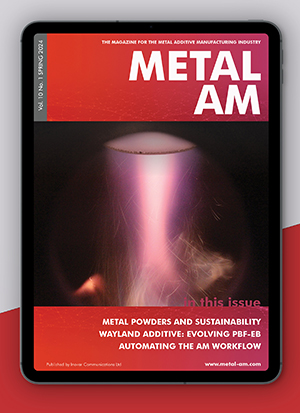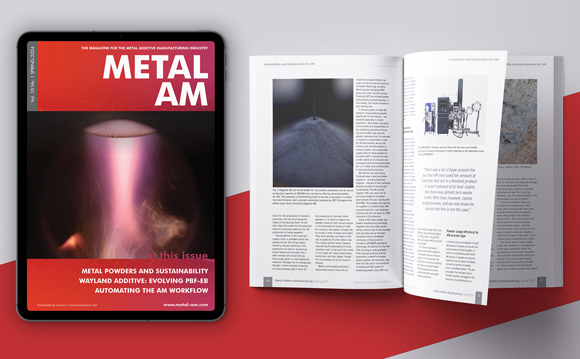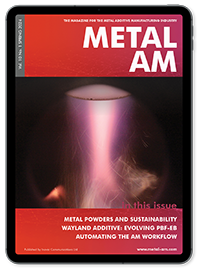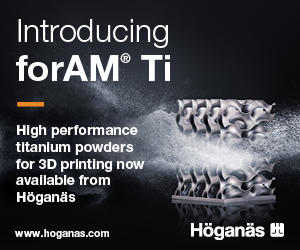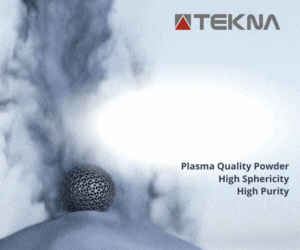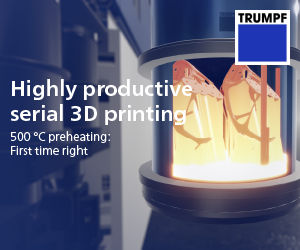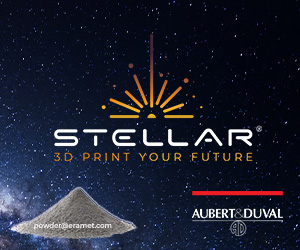SPEE3D to develop SUBSAFE submarine materials for US Navy
May 24, 2023
SPEE3D, Melbourne, Australia, has announced that the US Navy has chosen its metal Cold Spray Additive Manufacturing (CSAM) technology to develop materials as a part of a Naval Sea Systems Command (NAVSEA) project related to Expeditionary Maintenance and Sustainment that achieve Submarine Safety Program (SUBSAFE) quality standards.
SUBSAFE is a US Navy quality assurance programme designed to ensure the safety of its submarine fleet. All work done and materials used on those systems are tightly controlled to ensure the material used in their assembly and the methods of assembly, maintenance, and testing are of standard. SPEE3D was subcontracted through the Applied Research Laboratory of the Pennsylvania State University (ARL/PSU), a NAVSEA partner in cold spray technology development and transition.
The US Navy and ARL/PSU are now investigating SPEE3D’s Additive Manufacturing technology to determine if it meets the rigorous engineering, quality, and safety requirements as well as rapid part production.
The partnership marks the first time a Cold Spray Additive Manufacturing technology will be investigated as a manufacturing method for SUBSAFE-compliant applications. Working together, the US Navy, ARL/PSU, and SPEE3D will develop an entirely new method to rapidly manufacture existing parts for use in critical submarine systems.
SPEE3D’s capabilities reportedly have the potential to reduce the production time of submarine parts from months to hours. Its technology has reportedly been tested extensively by the US, UK, and Australian militaries. In addition, SPEE3D is platform-agnostic and can manufacture a variety of metals, including aluminium 6061, aluminium bronze, and copper.
“We are honoured to be chosen and trusted by the US Navy to participate in this ground-breaking project,” said Steven Camilleri, co-founder and CTO at SPEE3D. “We have worked successfully with the US Navy in the past and understand the unique challenges they face with the need for manufacturing capabilities that are fast, reliable, and easily deployable.”
Download Metal AM magazine
